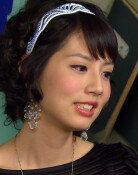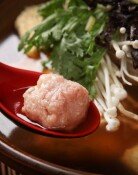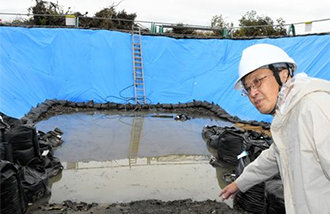[Editorial] Two Voices from the Independence Movement of March 1st, 1919
[Editorial] Two Voices from the Independence Movement of March 1st, 1919
Posted February. 28, 2003 22:45,
The Independence Movement of March 1st, 1919, which took place 84 years ago, drew the worlds attention because it was the first unified voice of all Koreans. However, in 1946, the 27th anniversary of the independence movement which marked the first anniversary since Koreas independence from Japanese colonial rule, the left wingers and right wingers held separate anniversary ceremonies. Further, there were violent clashes among participants during street marches. Around the same time, left wing and right wing elements engaged themselves in an all-out showdown by consolidating their support which is still seen today.
Although the new government under the leadership of President Roh Moo-hyun, who was born in 1946, began only a few days ago, many Koreans have mixed feelings about March 1st Independence Movement Day. The reason is that there is a serious divide in society which has overshadowed the significance of the inauguration of the first president who never experienced Japanese colonial rule. Although the nature of the time, 57 years ago, was different from that of today, we fear that the Korean people are in a situation where they are likely to enrage their martyred patriots by commemorating the anniversary of the March 1st Independent Movement Day with a cracked voice once again.
Today, conservative and progressive camps are expected to hold massive rallies. The two camps public concerns have the characteristics of outside gatherings but carry the flag of both confrontation and mutual antagonism. One camp said that it would send a warning message to pro-North Korean factions within Korean society, while the other camp contended that it would hold a massive rally entitled, National Convention for Peace and Reunification and the Convention for the Realization of National Independence and Anti-war on the Korean Peninsula, with around 100 prominent figures in hand.
That is the reason why some 188 leading figures from various walks of life including Cardinal Kim Soo-whan issued a statement expressing concern over the polarization of civic groups and appealed for national integration. They might have concluded that social conflict and waste of national resources caused by divisions have emerged as a serious social problem, and require change. We hope that the two camps will listen to such a call.
Above all, President Roh Moo-hyun and his administration should acknowledge the reality that Korea finds its stability threatened by national division and seek a solution to address the problem. By recalling the tragedy of the divided celebration of the Independence Movement Day 57 years ago, the new president and his administration should exert their best efforts to heal these long-term national divisions. Priority should stand on paying close attention to the underprivileged and those who felt a sense of deprivation during the 5-year period of the Kim Dae-jung government and during the December 19 presidential election. By doing so, national integration might just be possible.







